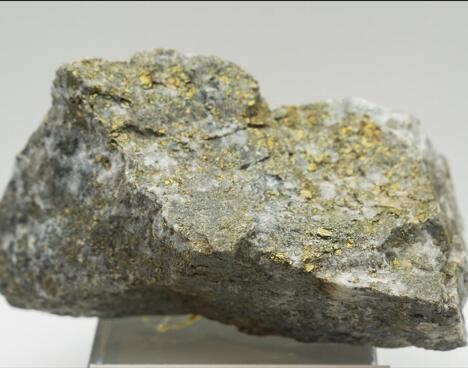
[Process introduction]:It mainly includes four stages: crushing and screening stage, grinding and classification stage, flotation and separation stage, and concentration and filtration stage.
[Application areas]:Widely used in processing sulfide gold-bearing quartz vein ores with fine gold particles and high floatability and polymetallic gold-bearing sulfide ores, etc.
Usually, one-stage or two-stage crushing process can be adopted. The raw ore materials are fed into the crusher from the feed bin and crushed to a certain particle size. The crushed products are fed into the vibrating screener. The screened materials return to the crusher, and the screened materials enter the next stage to wait for grinding. If two-stage crushing is adopted, the screened materials enter the second-stage crusher for fine crushing.
The grinding stage generally further crushes the gold ore particles after crushing to reach the selectable particle size. This stage has one closed-circuit grinding and two closed-circuit grinding processes according to the particle size requirements. When the crushed product is fed to the ball mill by the feeder car for grinding, the milled product is fed to the classifier for classification, the overflow is returned to the grinding, and the bottom flow enters the separation stage.
The ground product is pumped into the hydrocyclone and then into the mixing tank, and then into the analytical column through the leaching tank. A part of it is produced as tailings through the concentrator and filter.
The gold sulfide concentrate obtained by flotation, if it can be leached with cyanide, is then subjected to cyanide leaching after fine grinding; if it cannot be cyanided, it must be processed by roasting or smelting. This process involves the careful treatment of the gold ore to maximize the value of the extracted gold.
Copyright © 2016-2030 Xingaonai Group All Rights Reserved. Xingaonai Sitemap